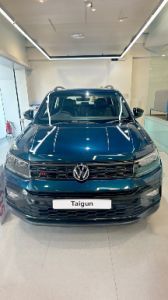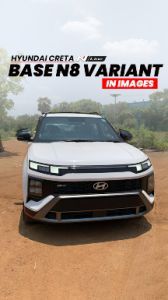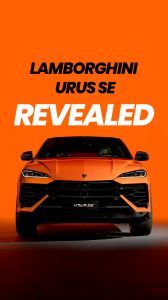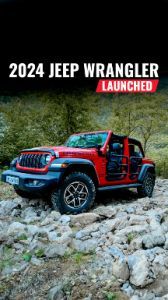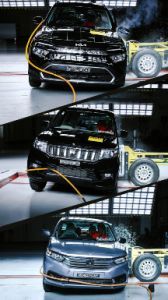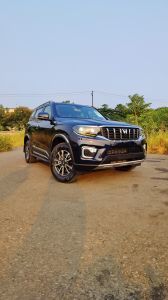 Car News Highlights That Made Headlines This Week
Car News Highlights That Made Headlines This Week
2017 Hyundai Verna Review: First Drive
- Aug 26, 2017
- Views : 51644
- 11 min read
Kochi gives us a whole lot of traffic, empty highways and closely knit twisties to test out a very, very orange Hyundai Verna
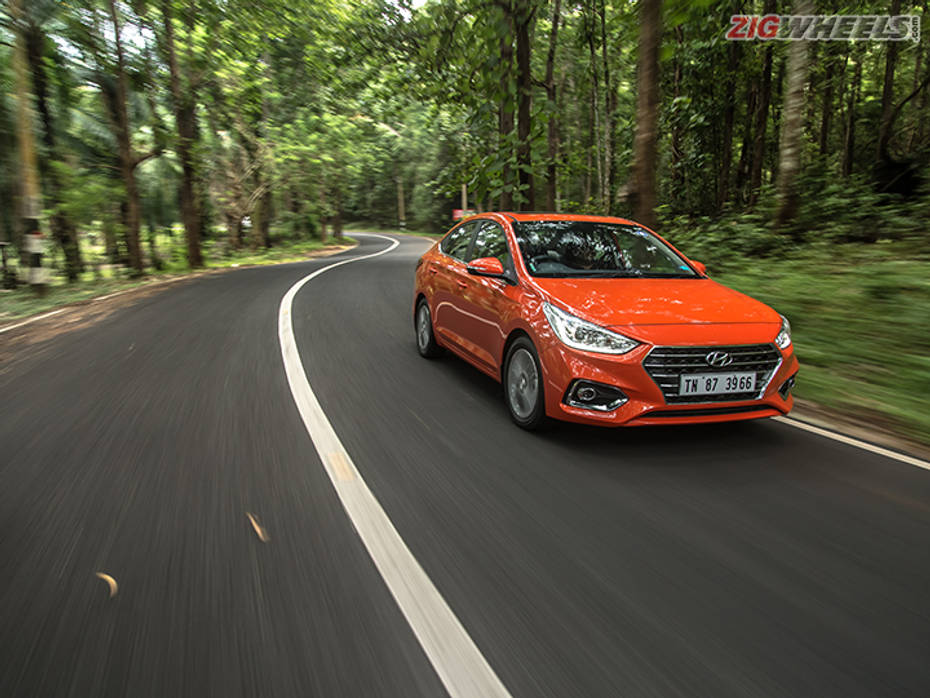
A bit too simple?
Let me start this section off with a confession. The bright orange shade on the new Hyundai Verna is among the best I’ve seen on a mass-market car in a long time. That colour alone has the potential to add some oomph to the new design. Which brings me to my next point - the design is slightly boring looking, isn’t it? It’s lost the zing that made people rush to Hyundai showrooms when the “fluidic” Verna first broke cover in 2011. Believe it or not - that’s intentional. The idea is to have a more mature look that ages better and commands respect. Personally, it works for me, and the 4,000 bookings that the car has clocked in less than a month says buyers don’t mind that either.
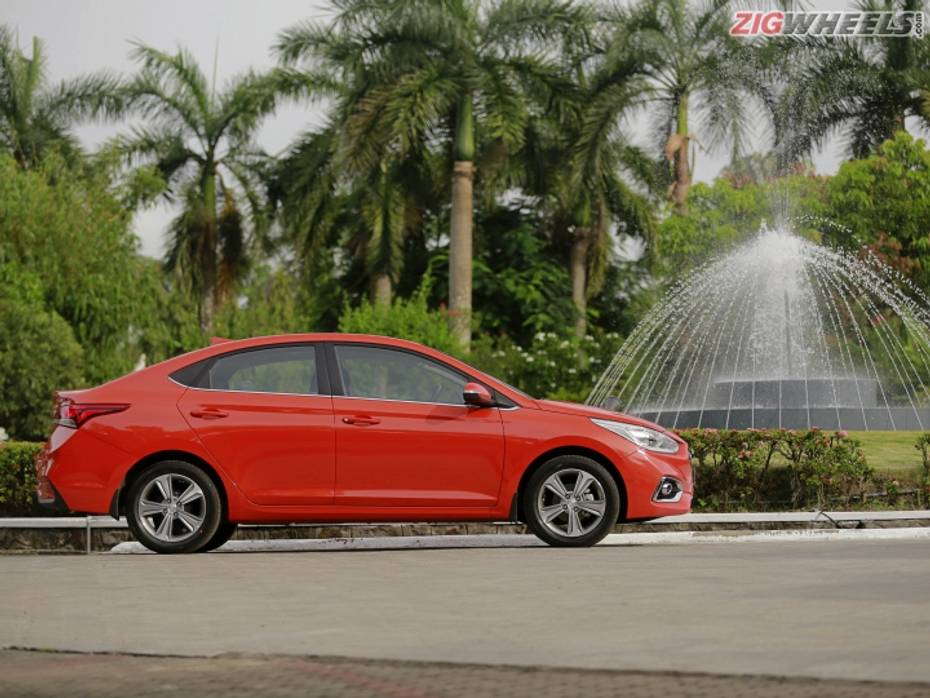
That’s possibly because although the Verna looks simpler, its basic stance is still plenty attractive. It retains the coupe-like profile and now that it is a bit bigger (longer overall by 65mm and has a longer wheelbase too, by 30mm), it looks all the more special. Hyundai hasn’t skimped out on kit. Flanking the now-signature cascading front grille are two large projector headlamps with daytime running lamps. There’s no LED lighting, but you do get a pair of projector fog lamps.
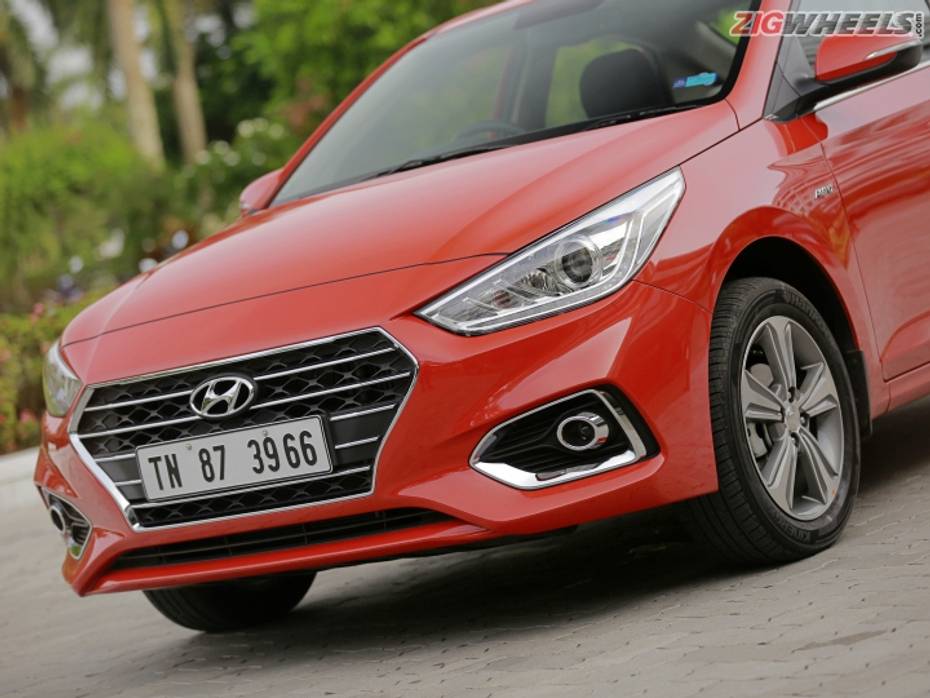
The wheel wells are packed well; the 16-inch “diamond cut” alloy wheels make sure of that. The tail lamps are LED units, which I may add, look particularly good when they’re lit up in the dark. In their zest of not going overboard, the usage of chrome is minimalistic too. Compared to the outgoing version, the new Verna looks a bit mellow. But the design is cohesive, and you definitely won’t accuse it of trying too hard. Glass half empty, or half full? Depends on how you like your cars.
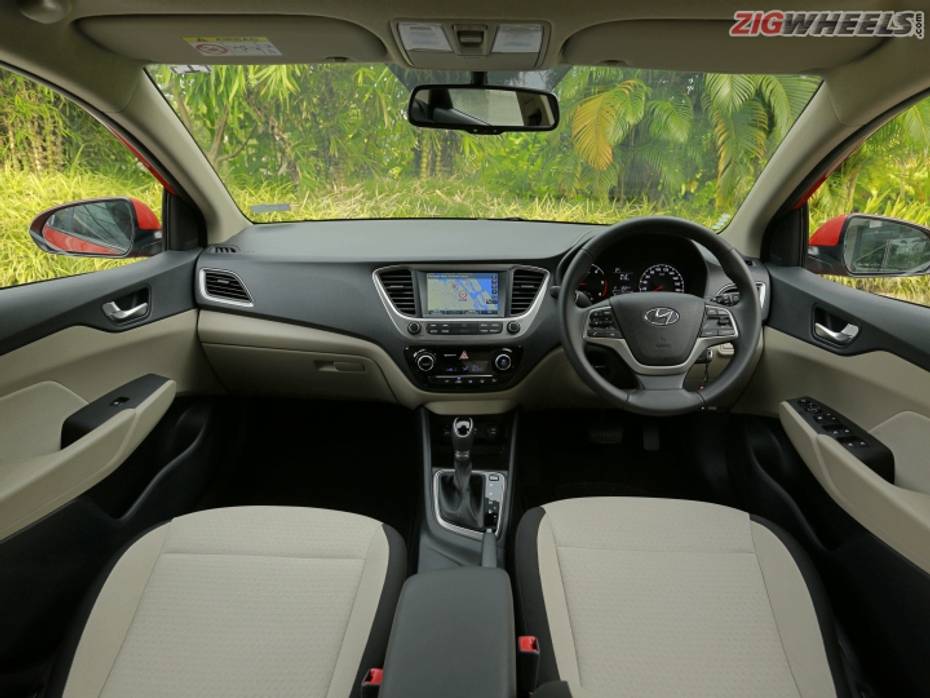
the automobile community
Loaded, but...
The bigger wheelbase should’ve translated into more room for the rear-seat occupants, right? Sadly that’s not the case. My near six-foot frame just about managed to be comfortable in the rear bench, with the front seat set to my driving position. The travel range on the front seats is a bit too much, honestly. While it offers some much needed room for taller drivers to get comfortable behind the wheel, it doesn’t leave much for those at the rear. Push the front seats all the way back, and it won’t be kind to even kids. The “ergo lever” from the old Verna has been ditched, so you can’t be cruel to the front passenger. To let you sit in peace, Hyundai has carved out some space under the front seats to let you rest your feet on the flat floor.
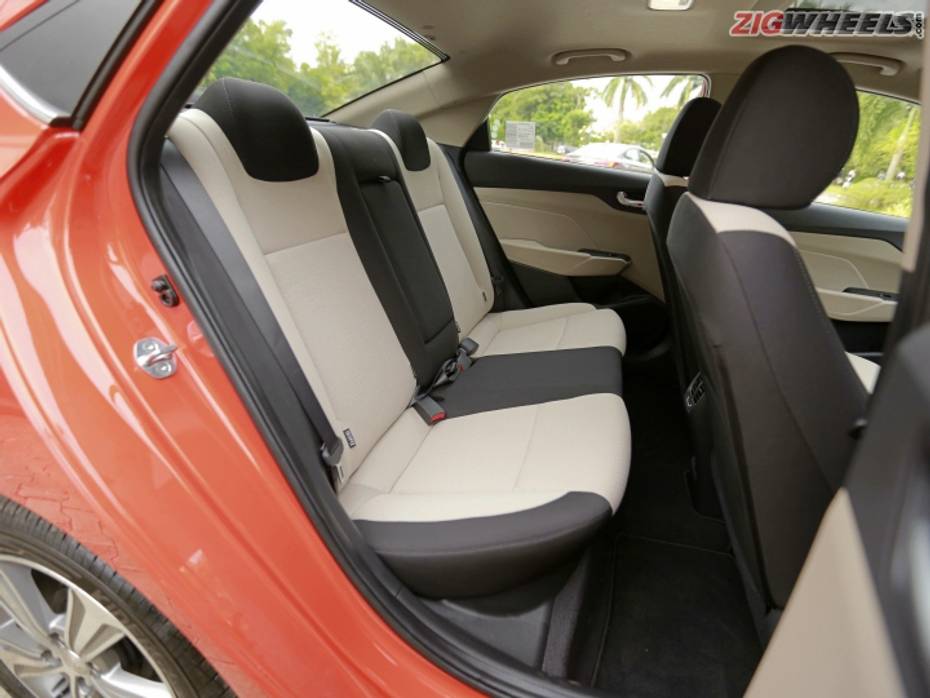
Squeezing three in is possible, but definitely not recommended. Although the hump on the floor isn’t tall, the cabin doesn’t feel wide enough to accommodate three in comfort. The sloping roofline eats into the headroom as well. The final piece of the puzzle is the high-set window line that robs the cabin of its sense of space.
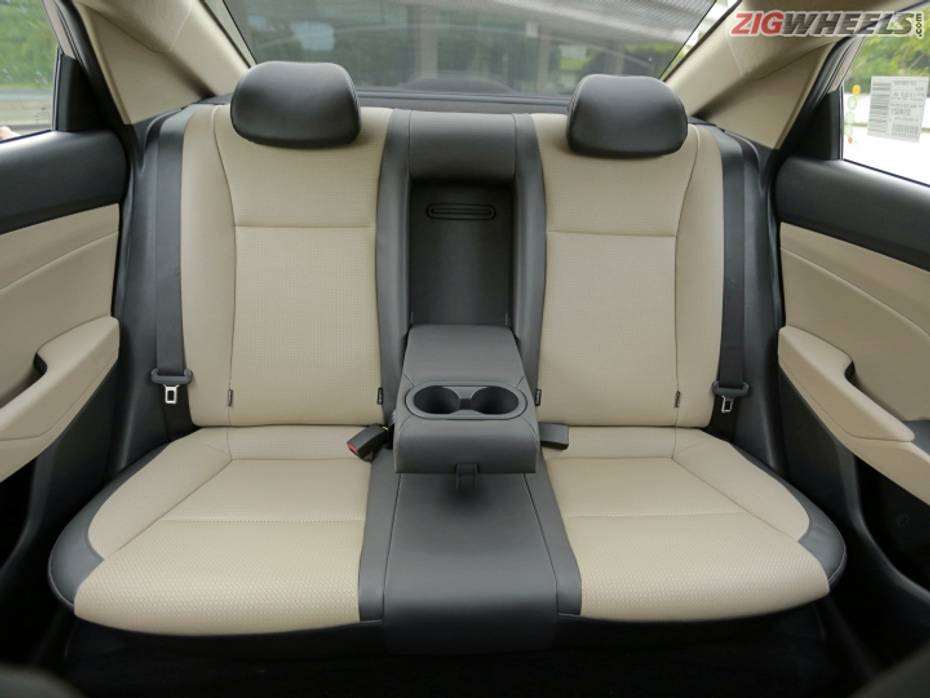
To counter that, Hyundai has stuck with the tried-and-tested beige and black interior combination to uplift the ambience. There’re some brushed silver accents, too, that work well to lend some contrast. It does look chic, but the design as a whole fails to wow. Just like the exteriors, it is subdued and designed to not distract you on the go. What’s really really good, is the overall fit, finish and quality. It’s nearly on par with the Germans - and that’s as high as praise gets.
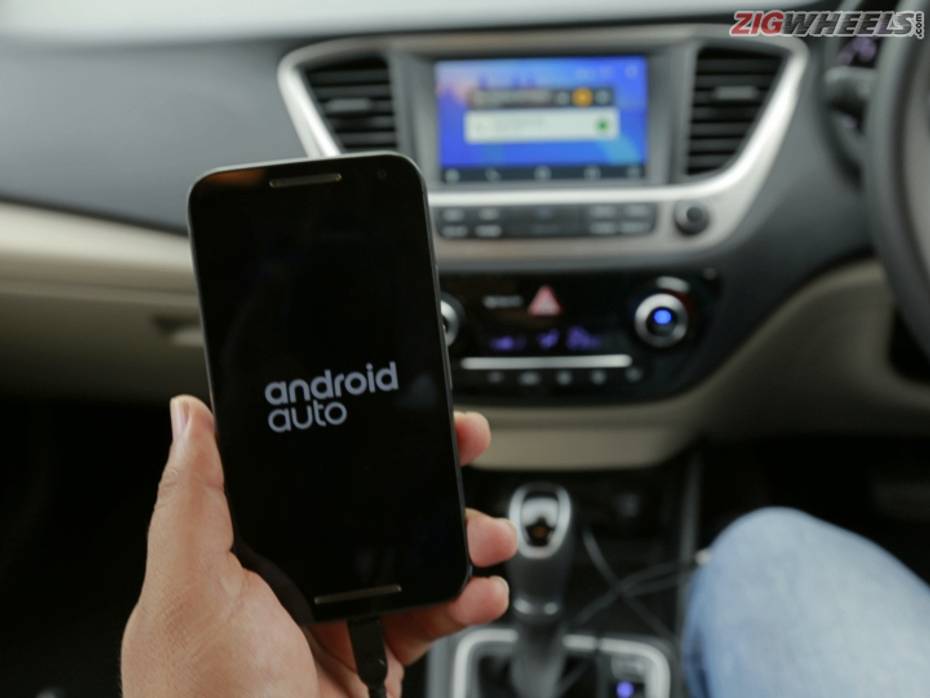
The top-spec SX (O) version is stuffed to the gills with features including ventilated seats, a hands-free boot release, push-button starter and leatherette seat covers. Sadly, the SX+ (the top-spec diesel automatic) misses on these and to top it off, there are silly omissions such as adjustable rear headrests and a release switch on the boot. The six airbags have been given a miss as well, and the top-spec diesel automatic gets dual airbags and anti-lock brakes like the rest of the Verna range. It does get the feel-good features, though, that include the one-touch open/close electric sunroof and the 7.0-inch touchscreen infotainment system with Android Auto, Apple CarPlay and navigation.
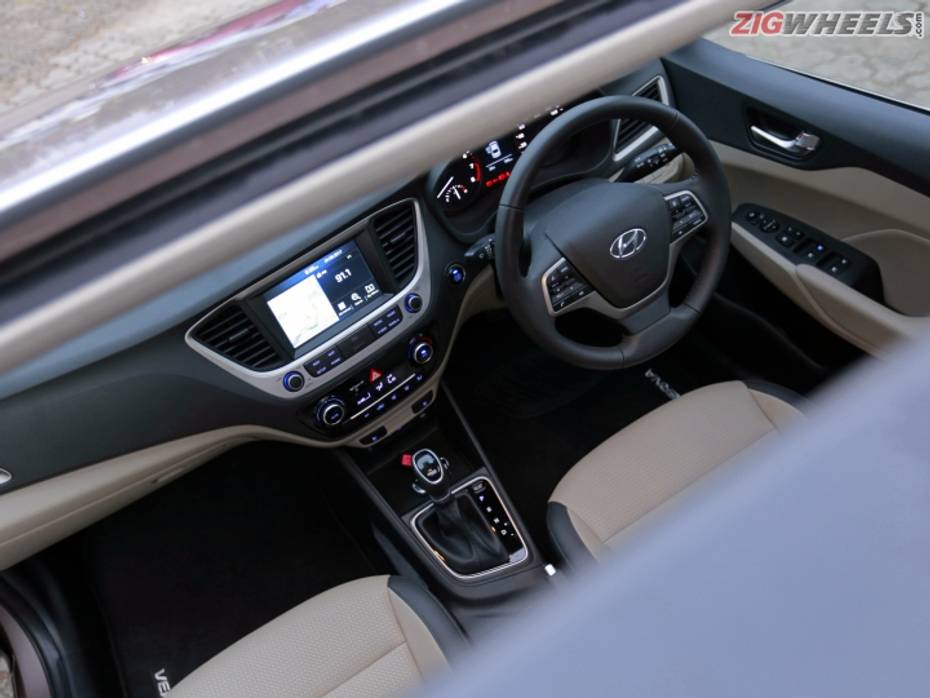
If you’re seated at the rear, there’s enough to keep you occupied too. You get a manual rear blind, a set of rear AC vents, a central armrest and a USB charger for your phone. That said, you better have a long cable, because there’s no place to keep the phone. Also, there’s enough room for your luggage with the 480-litre boot (20-litre bump up). Yes, that’s not as much as the City (510-litres) or Ciaz (also 510-litres) - and you could say the same thing about the in-cabin space as well. But, in terms of quality of materials used and the equipment on offer, the Verna has definitely hit the ball out of the park.
Recommended Read: All New Hyundai Verna - Variants And Pricing Explained
Hyundai has bid the smaller 1.4-litre engines goodbye for now. So you just have the 1.6-litre engines on offer now. These engines have been mildly updated in the interest of better drivability. These are paired with either a 6-speed manual or a 6-speed automatic gearbox. Also, it’s got an all new chassis borrowed from its elder sibling - the Elantra.
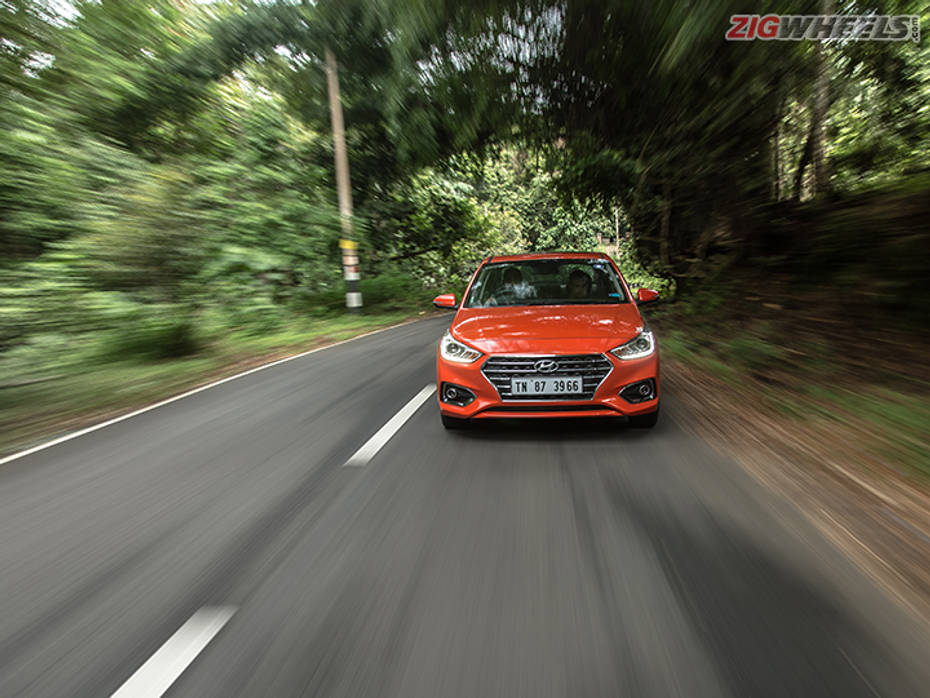
The K2 platform did help the Verna shed some weight. And, while the car is bigger and has gained quite a few features, it is said to weigh as much as the outgoing iteration. Exact figures aren’t available yet, but, for reference - the Verna 4S tipped the scales at approximately 1200kgs in its heaviest avatar.
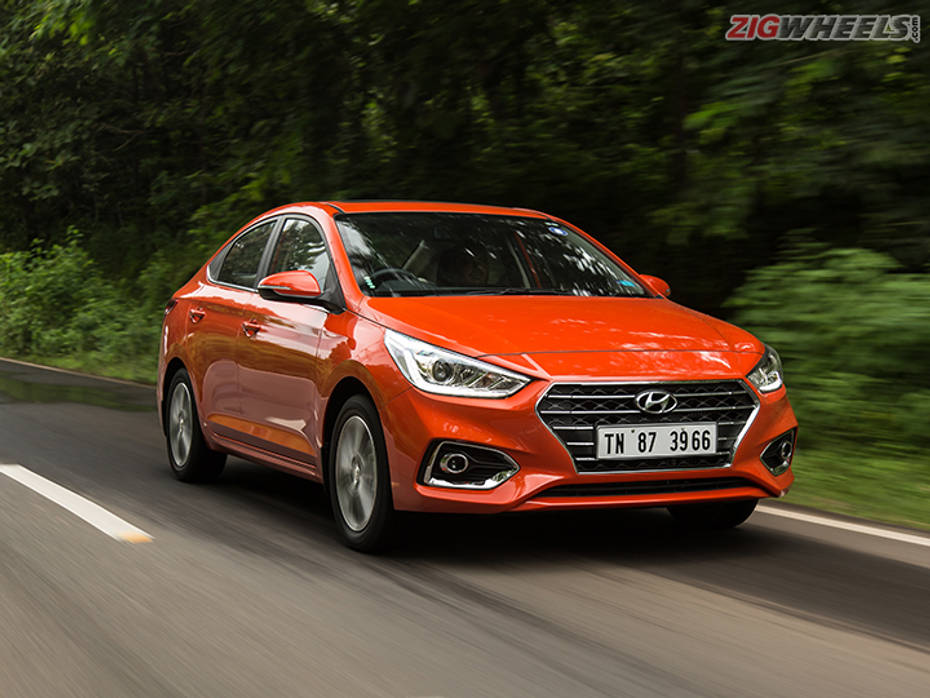
Let’s start off with the 128PS (@4000rpm)/260Nm diesel. On paper, the power and torque figures remain unchanged, but the torque has been made more accessible. New pistons and piston rings have helped reduce friction while an improved turbo has helped improve the boost at low rpms. So, the torque is delivered earlier and is spread wider across the rev range (1500-3000rpm vs 1900-2750rpm). In fact, at as low as 1250rpm, the diesel motor is already dishing out 245Nm, instead of the 176Nm the older tune offered.
Driving inside the city is a fuss-free affair. The diesel was easy to drive in its earlier guise and now the engine doesn’t require you to downshift frequently either to slow down for a speed breaker or pace up for a quick overtake. Steady pace is the name of the game with the diesel. It can build speed effortlessly and maintain them too, but it doesn’t feel eager to get there. Even on the highways, you can dance out of your lane, step on the gas and execute a clean overtake - as long as you aren’t in a hurry.
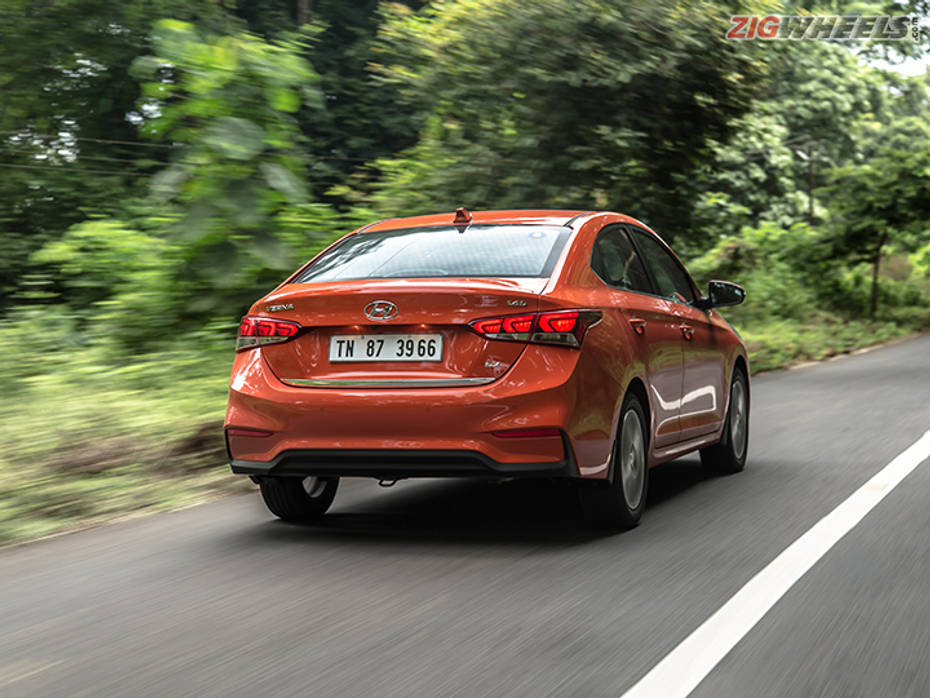
That’s a trait the petrol motor shares with the diesel. It too doesn’t like being hustled, and prefers it if you take things steadily. If you absolutely need to get a move on, you will have to keep it in a lower gear and make sure the tacho is ticking around 3500-5000rpm, because that’s where the torque is. Push it any further and it runs out of steam. In other words, don’t bother redlining it.
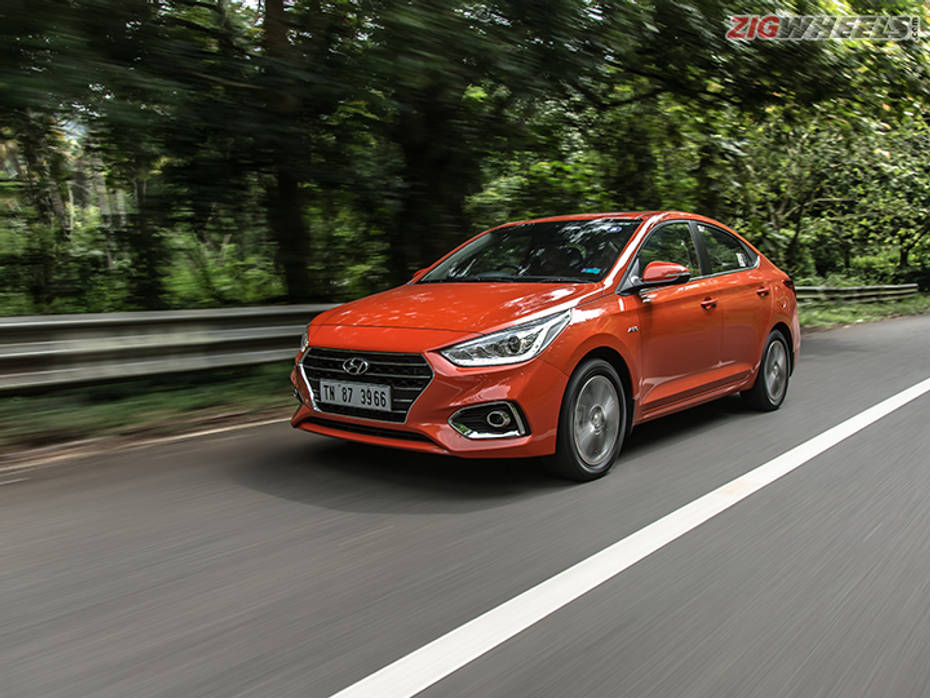
While 123PS and 151Nm sound exciting on paper, the engine is evidently tuned more for everyday usability than outright performance. Hyundai has ensured there’s ample torque at the bottom end, and the engine now makes 9Nm more (130.5Nm vs 121.6Nm) at 1500rpm. The new 6-speed manual gearbox has taller ratios than the outgoing 5-speed unit, and it’s sublime in the way it goes about its business. For instance, you can drop down as low as 25kmph in sixth gear without hearing the engine cough and splutter. Sure, flat-footing it then won’t let you make swift progress, but the fact that it pulls without protest even from such low speeds is appreciable.

Both engines are smooth and refined, especially on start-up and idle. Get a move on, and the diesel sounds a bit gruff under 2000rpm. It does get gradually quieter as you make progress, though. The petrol, on the other hand, can only be heard if you’re wringing it. Otherwise, it’s happy maintaining its silence. The 6-speed automatic replaces the 4-speed unit that made the old Verna petrol a bit of a guzzler, and makes its way into the diesel variant for the first time as well. Irrespective of the engine it’s mated with, gearshifts are quick, smooth and more importantly, early. The gearbox complements the laidback nature of the engines nicely. The torque converter chooses the right gears at the right time, and doesn’t let you know you it did.
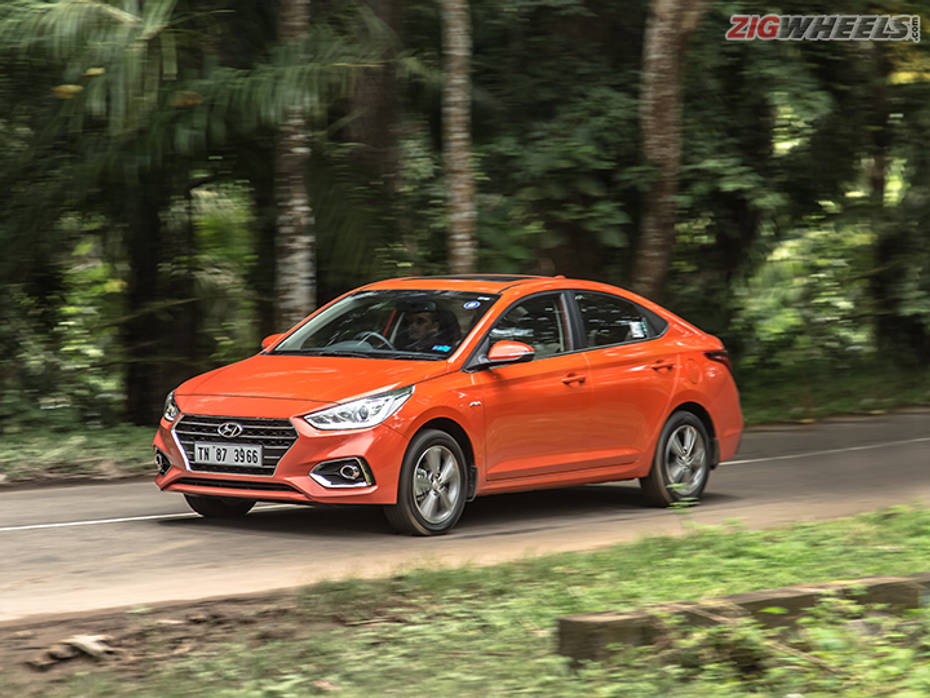
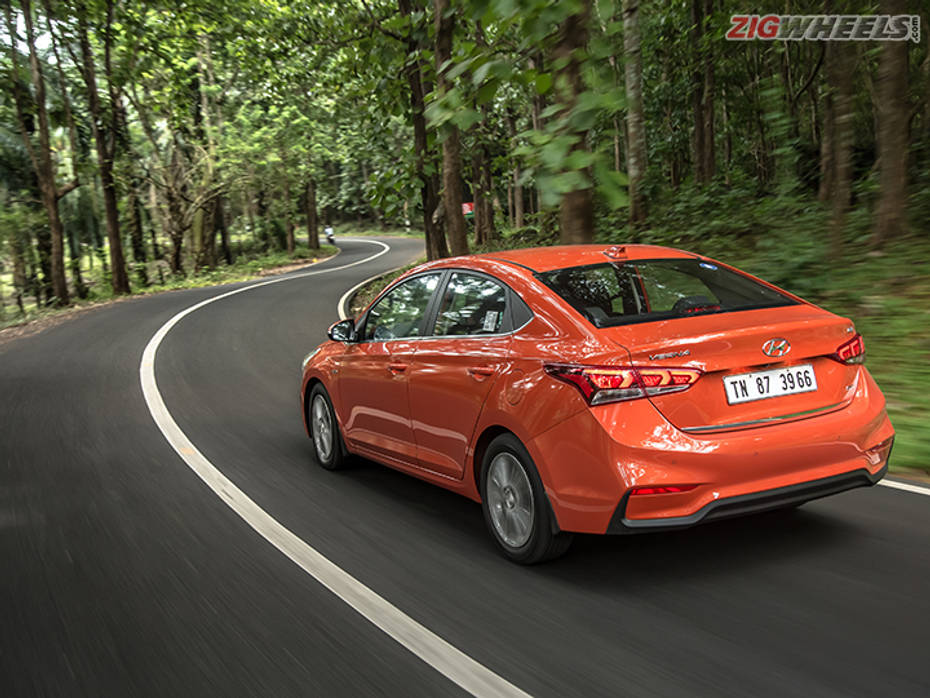
Does it bounce about?
Short answer - no. Reason? The new K2 platform, and revisions to the suspension geometry. The Verna’s ride is surprisingly absorbing at city speeds, and it seems to be unfazed by the road surface too. The suspension - just like the engine - goes about its business in a silent manner. It also gives you confidence to maintain triple-digit speeds on the highway. The cabin remains composed - and unless you encounter a really uneven section of road, you won’t feel the Hyundai bounce.
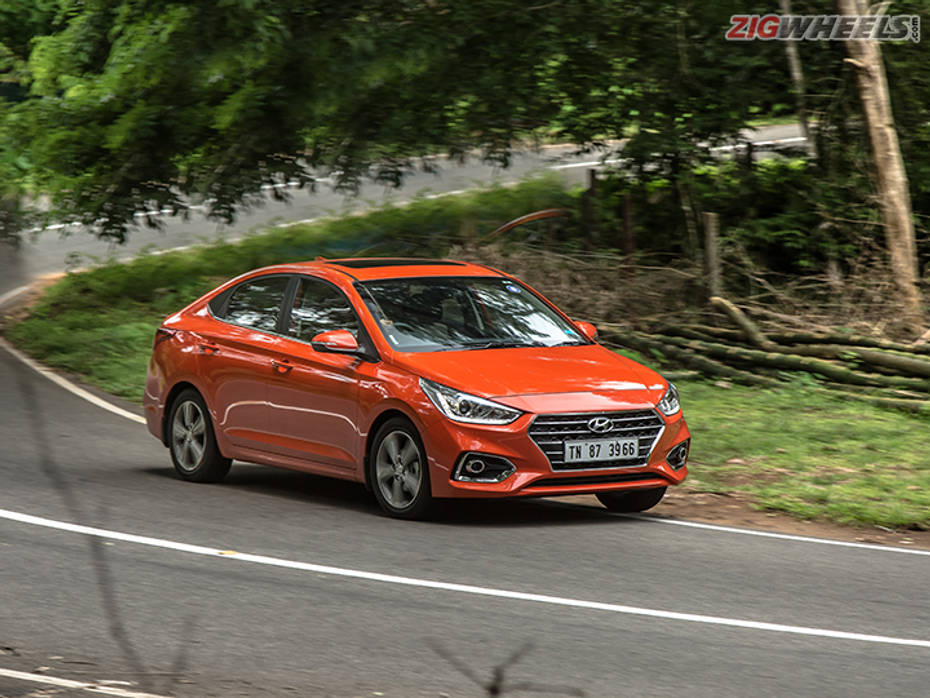
Chuck it into a corner and you’re taken aback again. Does this really have a Hyundai badge on the nose? It remains sure-footed through the twisties and doesn’t make you want to back off from having some fun. There’s a hint of body roll when hurried through corners, but it’s never overwhelming. The steering tries to be just as reassuring as the chassis, but it falls short by a whisker. Don’t get us wrong - it’s quick, predictable and direct and it does a surprisingly good job of telling you what the front wheels are doing too. But, calling it sporty might be stretching things too far.
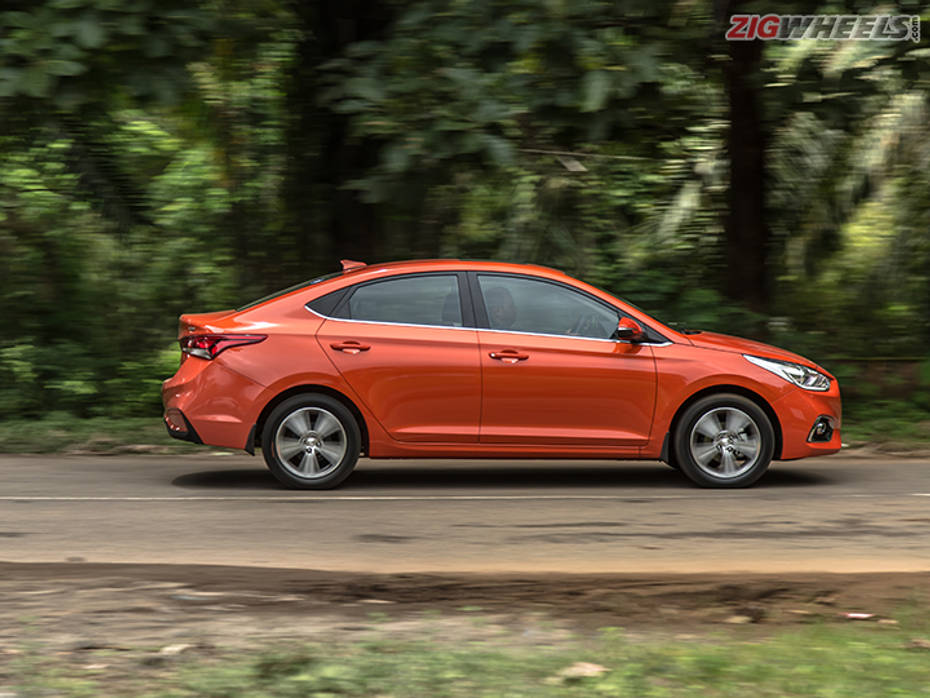
So, the Verna might not be an outright sporty sedan, but it is definitely the sportiest Hyundai yet. What we like, is that it gives you the right mix of ride and handling. That’s a tough balance to achieve, and dare we say - it’s the only one in its class to pull it off, yet. Yes, high praise.
Parting Thoughts
The Verna doesn’t wow you from the word go. The design, inside-out, is a lot subtler, sophisticated and may not be to everyone’s taste. Heck, some might think its boring. But, that doesn’t take away from the fact that the Verna has evolved - and how! The grown-up manners can be noticed when you drive it, be it petrol or diesel, manual or automatic. More than that, it manages to walk the tightrope between comfort and fun.
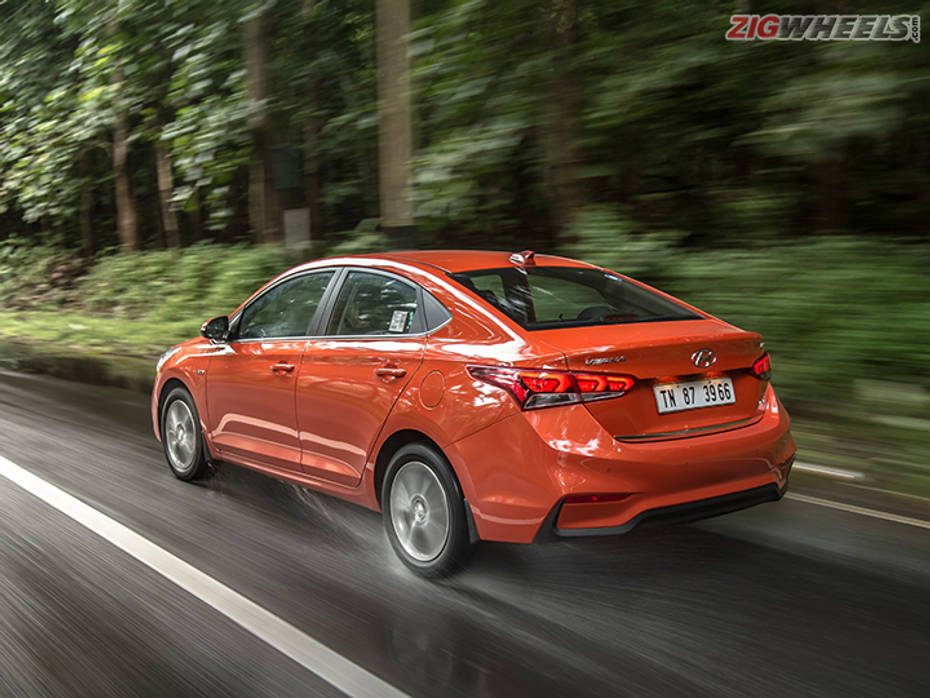
Then there is the fit and finish, equipment levels and a three-year unlimited kilometre warranty! If the backseat was a little more accommodating it’d be an absolute no-brainer in our books. Factor in the pricing that pegs it between the Maruti Suzuki Ciaz and Honda’s City, and it becomes clear that even if Hyundai’s Verna isn’t all that exciting, it is hard to fault and impossible to ignore.
Words: Arun Shenoy Photography: Vikrant Date/Eshan Shetty
Hyundai Verna 2017-2020 Video Review
See what our community has to say! NEW
India's largest automotive community







